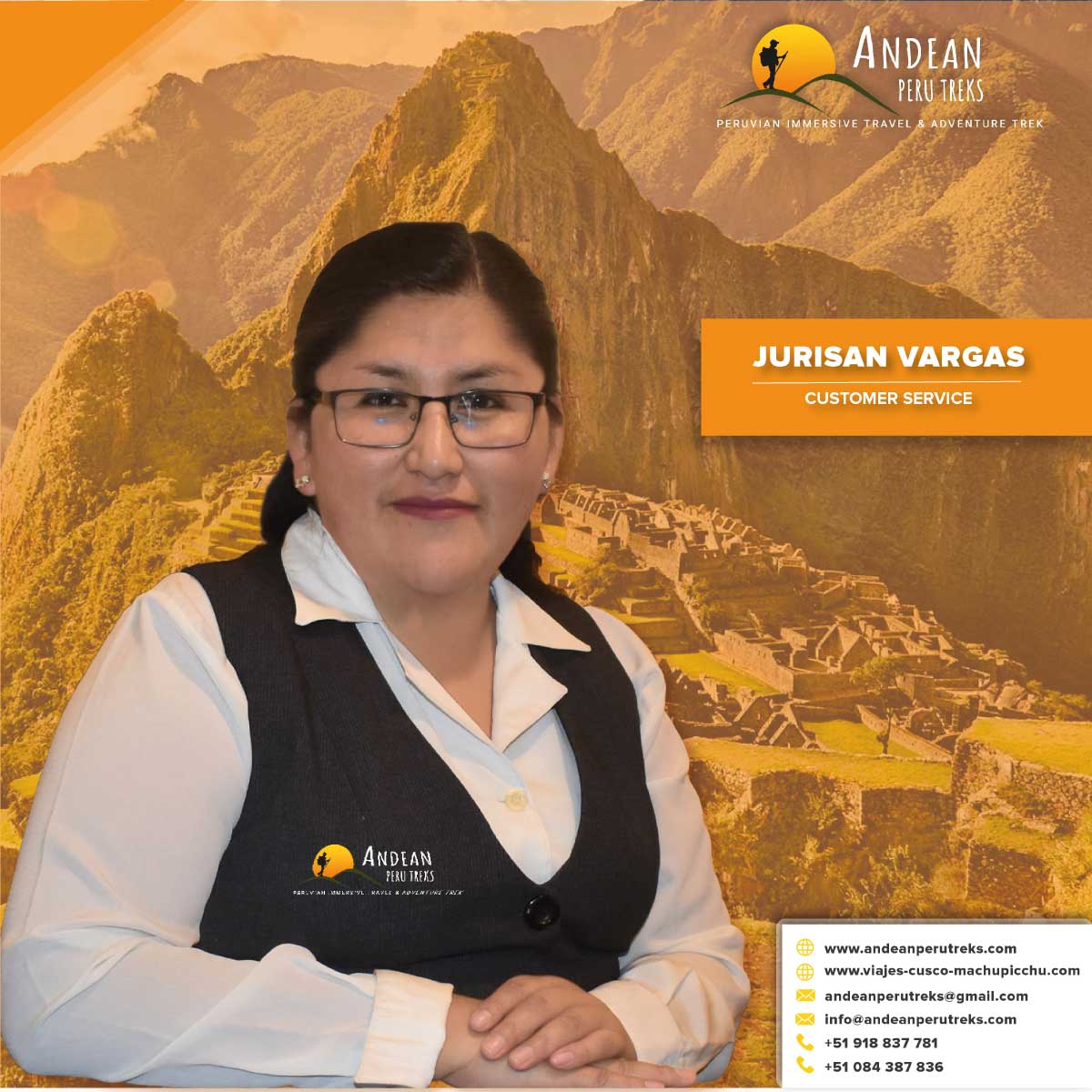+51 918 837 781 info@andeanperutreks.com
|
Payment Options
- Alternative treks
- Cusco Tours
- Inca Trails
- MachuPicchu Tours
- Peru Packages
- Destinations
- Magical Cusco – 5 Days / 4 Nights
- Majestic Cusco 6 Days – 5 Nights
- Cusco Explorer – 8 Days / 7 Nights
- Cusco + Salkantay trek – 8 Days / 7 nigths
- Package Peru Andean Jungle 8 Days 7 Nights
- Package Peru Andean Jungle 8 Days 7 Nights
- Package Wonders of Peru 11 Days 10 Nights
- Wonders of Peru 13 Days and 12 Nights
- Spanish


